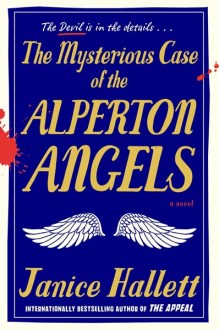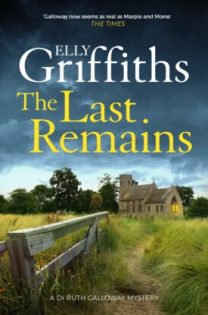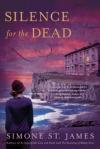 The first time I tried to read Hallet’s Mysterious Case of the Alperton Angels, I failed, her writerly choices leaving me nonplussed. But I then listened to the NYT’s books podcast praising it to high heaven. The reviewer said she bought FOUR copies and lent them to make sure people were reading Alperton Angels! Most read till the wee hours…’fession, I did too.
The first time I tried to read Hallet’s Mysterious Case of the Alperton Angels, I failed, her writerly choices leaving me nonplussed. But I then listened to the NYT’s books podcast praising it to high heaven. The reviewer said she bought FOUR copies and lent them to make sure people were reading Alperton Angels! Most read till the wee hours…’fession, I did too.
Why? Because Hallett’s is no ordinary straight-telling mystery: the how she tells the story is as compelling, though disorienting, as the mystery. Readers of Hallett’s previous two books (now in the Gargantuan TBR) may be old hands at her unique narrative choices, but I was taken in, fascinated, and ready to do it again.
Centred on true crime writer Amanda Bailey as she gathers material to complete her book on the Alperton Angels, the narrative is made up of snail and e-mail, text and Whatsapp messages, interview and podcast transcripts, quasi-fictional accounts, old documentaries, an unproduced movie script, even a YA fantasy novel. Characters are as diverse: police, witnesses, family members, podsters, authors, nurses, even amateur true crime club members. The effect is compelling, disorienting, fragmentary. As Amanda puts the pieces together, so does the reader (I’m vain enough to say I guessed one part of the mystery correctly… but there were surprises too. Clever Hallett: we aren’t privy to motivation.) (more…)
 Now that I’ve begun the year with an end to a beloved mystery series, I’ll continue by the start of another. While Celestin’s Axeman’s Jazz kept me glued to it pages, it can’t become “beloved.” It’s a harsh, difficult read, written with the argot of its time and place, but it is compelling. I’m definitely reading the rest of the quartet. The series concept is original: four cities, four decades, four crimes, four seasons, four musical compositions, linked by the same detecting figures.
Now that I’ve begun the year with an end to a beloved mystery series, I’ll continue by the start of another. While Celestin’s Axeman’s Jazz kept me glued to it pages, it can’t become “beloved.” It’s a harsh, difficult read, written with the argot of its time and place, but it is compelling. I’m definitely reading the rest of the quartet. The series concept is original: four cities, four decades, four crimes, four seasons, four musical compositions, linked by the same detecting figures. 
